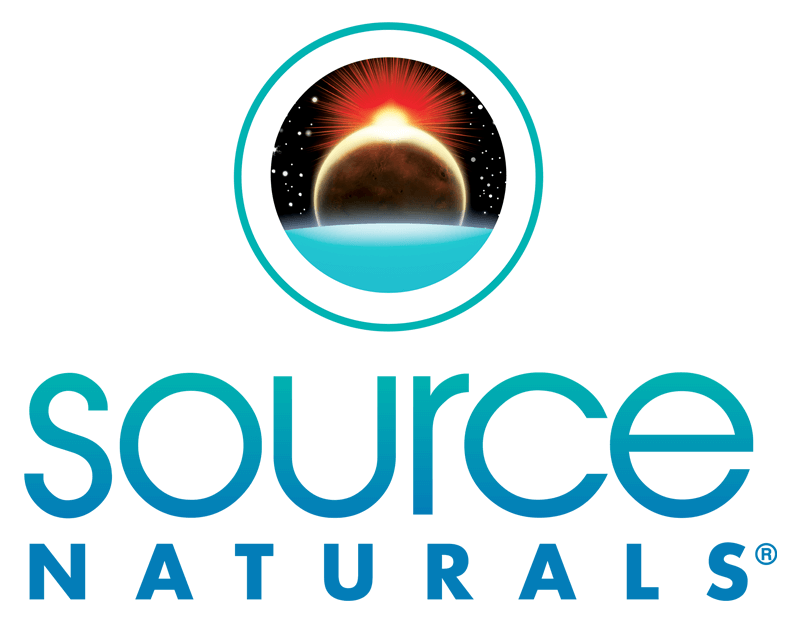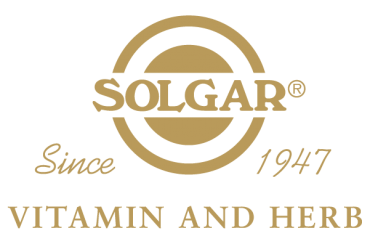Turmeric, specifically its active compound curcumin, has been studied for its potential anti-inflammatory properties. While turmeric can provide some anti-inflammatory benefits, it’s important to note that its effects may be more modest compared to traditional over-the-counter anti-inflammatory medications, such as nonsteroidal anti-inflammatory drugs (NSAIDs) like ibuprofen.
Curcumin, the primary bioactive compound in turmeric, has shown promise in reducing inflammation in laboratory studies and some clinical trials. However, its efficacy in human studies has been limited by challenges related to its poor bioavailability and rapid metabolism. Curcumin has low solubility in water and is poorly absorbed by the body. To enhance its absorption, various strategies have been employed, such as combining it with piperine (a compound found in black pepper) or using specialized formulations like liposomal curcumin.
Regarding the best form of turmeric for absorption, formulations that enhance bioavailability, such as curcumin with piperine or liposomal curcumin, may be more effective. These formulations can potentially increase the absorption and bioavailability of curcumin in the body.
Individuals with certain health conditions should take caution with turmeric supplementation. For example, individuals with gallbladder disease, gastrointestinal disorders, or those who are prone to kidney stones may need to avoid or limit turmeric intake, as it can stimulate bile production and may exacerbate these conditions. Additionally, turmeric has mild blood-thinning properties, so individuals on anticoagulant medications or with bleeding disorders should consult with a healthcare professional before taking turmeric supplements.
As for the dosage of turmeric, there is no established universal standard, and the optimal amount can vary depending on various factors such as the specific health condition, formulation, and individual response. It is generally considered safe when consumed as a spice in food. However, when taken in high doses or as a concentrated supplement, there is the potential for gastrointestinal discomfort or allergic reactions in some individuals.
It’s important to remember that while turmeric and curcumin have potential health benefits, they should not be considered as a substitute for medical advice or prescribed medications. If you have a specific health condition or are considering turmeric supplementation, it is recommended to consult with a healthcare professional to discuss potential interactions, proper dosage, and suitability for your individual circumstances.
SYNTHETIC TURMERIC
Synthetic turmeric, also known as synthetic curcumin, is created through chemical synthesis in a laboratory rather than being derived directly from natural sources like the turmeric plant.
The synthesis of curcumin involves several chemical reactions and processes. One common method for synthesizing curcumin is the condensation of aromatic aldehydes, such as vanillin or p-methoxybenzaldehyde, with acetylacetone or its derivatives. These reactions result in the formation of the curcumin molecule.
The chemical synthesis of curcumin allows for the production of a compound with a consistent and controlled chemical structure. Synthetic curcumin can be used in various applications, including research, pharmaceuticals, and food additives.
It’s worth noting that while synthetic turmeric or curcumin can be produced in a laboratory, the majority of commercially available curcumin supplements and products are derived from natural sources, such as the turmeric plant. Natural extraction methods are commonly used to obtain curcumin from turmeric rhizomes, which is then used in dietary supplements, functional foods, and other formulations.
The choice between natural and synthetic turmeric or curcumin depends on various factors, including the intended use, product formulation, and consumer preferences. It is essential to select products from reputable manufacturers and ensure they meet quality and safety standards.
WHAT IS SYNTHETIC TURMERIC USED FOR?
Synthetic curcumin, being a chemically synthesized compound, is primarily found in laboratory settings, research institutions, and pharmaceutical industries. It is commonly used in scientific research and preclinical studies to investigate the potential applications, mechanisms, and properties of curcumin.
The pharmaceutical industry may also utilize synthetic curcumin for specific purposes, such as in the development of novel drug formulations or as a reference compound for quality control and standardization. Synthetic curcumin can provide a consistent and controlled chemical composition, which may be desirable in certain pharmaceutical applications.
It’s important to note that synthetic curcumin is not commonly available as a standalone consumer product or dietary supplement in the market. Most curcumin supplements and products available for consumer use are derived from natural sources, such as turmeric extract.
Therefore, if you are seeking curcumin for personal use, it is more likely to find curcumin supplements or products derived from natural turmeric rather than synthetic curcumin. These natural curcumin products are widely available in the form of dietary supplements, capsules, powders, and other formulations in health food stores, pharmacies, and online retailers.
SYNTHETHIC V NATURAL TURMERIC
The major differences between synthetic curcumin and natural curcumin, derived from the turmeric plant, lie in their sources, composition, and potential variations in their properties. Here are some key distinctions:
Source: Natural curcumin is derived from the rhizomes of the turmeric plant, scientifically known as Curcuma longa. Synthetic curcumin, as the name suggests, is chemically synthesized in a laboratory.
Composition: Natural curcumin obtained from turmeric contains a mixture of three curcuminoids: curcumin, demethoxycurcumin, and bisdemethoxycurcumin. These curcuminoids contribute to the overall properties and potential health benefits of turmeric. Synthetic curcumin, on the other hand, typically refers to the isolated curcumin molecule obtained through chemical synthesis.
Purity: Synthetic curcumin can be produced with higher purity compared to natural curcumin. This is because the synthesis process allows for the creation of curcumin without impurities or other compounds found in the natural extract. However, the higher purity of synthetic curcumin may not necessarily translate into increased effectiveness or superior health benefits.
Phytochemical Variations: Natural curcumin obtained from turmeric contains not only curcuminoids but also other phytochemicals, such as essential oils, turmerones, and other polyphenols. These compounds, which are naturally present in turmeric, may contribute to its overall bioactivity and potential synergistic effects.
Bioavailability: Natural curcumin has limited bioavailability due to its low solubility and rapid metabolism. Synthetic curcumin may have enhanced bioavailability properties compared to natural curcumin, depending on the specific formulation or delivery system used. However, various techniques and formulations have been developed to improve the bioavailability of natural curcumin as well.
It’s important to note that the research on the potential health benefits of curcumin primarily focuses on natural curcumin derived from turmeric. While synthetic curcumin may have its uses in research, pharmaceutical applications, or other specific contexts, the majority of curcumin supplements and products available in the market are derived from natural sources.
When considering curcumin supplements or products, it is advisable to choose reputable brands, look for standardized extracts, and consult with a healthcare professional for guidance based on individual health needs and considerations.
LIPOSOMAL TURMERIC
Liposomal turmeric refers to a specialized formulation of turmeric or curcumin that uses liposomes as a delivery system. Liposomes are microscopic vesicles made up of phospholipids, similar to the lipids found in cell membranes. These liposomes can encapsulate the turmeric or curcumin molecules, protecting them and facilitating their absorption in the body.
The liposomal delivery system aims to enhance the bioavailability of turmeric or curcumin, as these compounds are known to have low solubility and poor absorption in the gastrointestinal tract. The liposomes act as carriers, improving the stability of the compound and increasing its chances of reaching the target tissues in the body.
The process of creating liposomal turmeric involves incorporating turmeric or curcumin into the lipid bilayers that form the liposomes. This encapsulation protects the compound from degradation in the digestive system, potentially improving its absorption into the bloodstream. Once absorbed, the liposomes can release the encapsulated turmeric or curcumin, allowing it to exert its effects.
As for the sourcing of liposomal turmeric, the focus is primarily on the formulation and delivery system rather than the source of turmeric itself. Liposomal turmeric can be derived from various sources of turmeric, including both natural and synthetic forms. The key factor is the encapsulation of turmeric or curcumin within the liposomes, which is achieved through specific manufacturing processes.
It’s important to note that the quality and efficacy of liposomal turmeric products can vary, so it’s advisable to choose products from reputable manufacturers that undergo rigorous testing and quality control. As with any supplement, it’s also recommended to consult with a healthcare professional before starting or changing any supplementation regimen.
TURMERIC ABSORPTION
The absorption of curcumin can be influenced by various factors, including its formulation and the presence of other compounds that can enhance its bioavailability. Here’s a comparison of different forms of curcumin:
Capsules: Curcumin capsules typically contain powdered curcumin encapsulated in a gelatin or vegetarian capsule. This form provides convenience and ease of consumption, and the capsule can protect curcumin from degradation until it reaches the digestive system
Powders: Curcumin powders can be mixed with water, juices, smoothies, or other beverages. The advantage of powders is that they offer flexibility in dosage customization. However, curcumin powders may have lower bioavailability compared to some other forms due to limited solubility.
Tablets: Curcumin tablets are compressed formulations that contain curcumin along with other excipients or additives. Tablets can provide a standardized dosage and may offer better stability compared to powders. However, tablet formulations may vary in terms of their dissolution and absorption rates.
Liquids: Liquid curcumin supplements or extracts are formulated to provide a more readily absorbable form. They may use specialized delivery systems, such as liposomes or nanotechnology, to enhance curcumin’s bioavailability. Liquid forms can be convenient for those who prefer easy consumption or have difficulty swallowing capsules or tablets.
It’s important to note that simply considering the form of curcumin alone may not guarantee optimal absorption. The bioavailability of curcumin is inherently low, and additional strategies, such as combining it with certain compounds (like piperine from black pepper) or using specialized formulations, may be employed to enhance absorption.
In general, formulations that promote better solubility, protect curcumin from degradation, or employ technologies to improve bioavailability, such as liposomal curcumin, may offer enhanced absorption compared to standard curcumin powder or extract forms. However, it’s important to choose products from reputable manufacturers that have conducted bioavailability studies and provide evidence of improved absorption. It’s advisable to consult with a healthcare professional to determine the most suitable form and dosage of curcumin based on individual health needs and considerations.


















